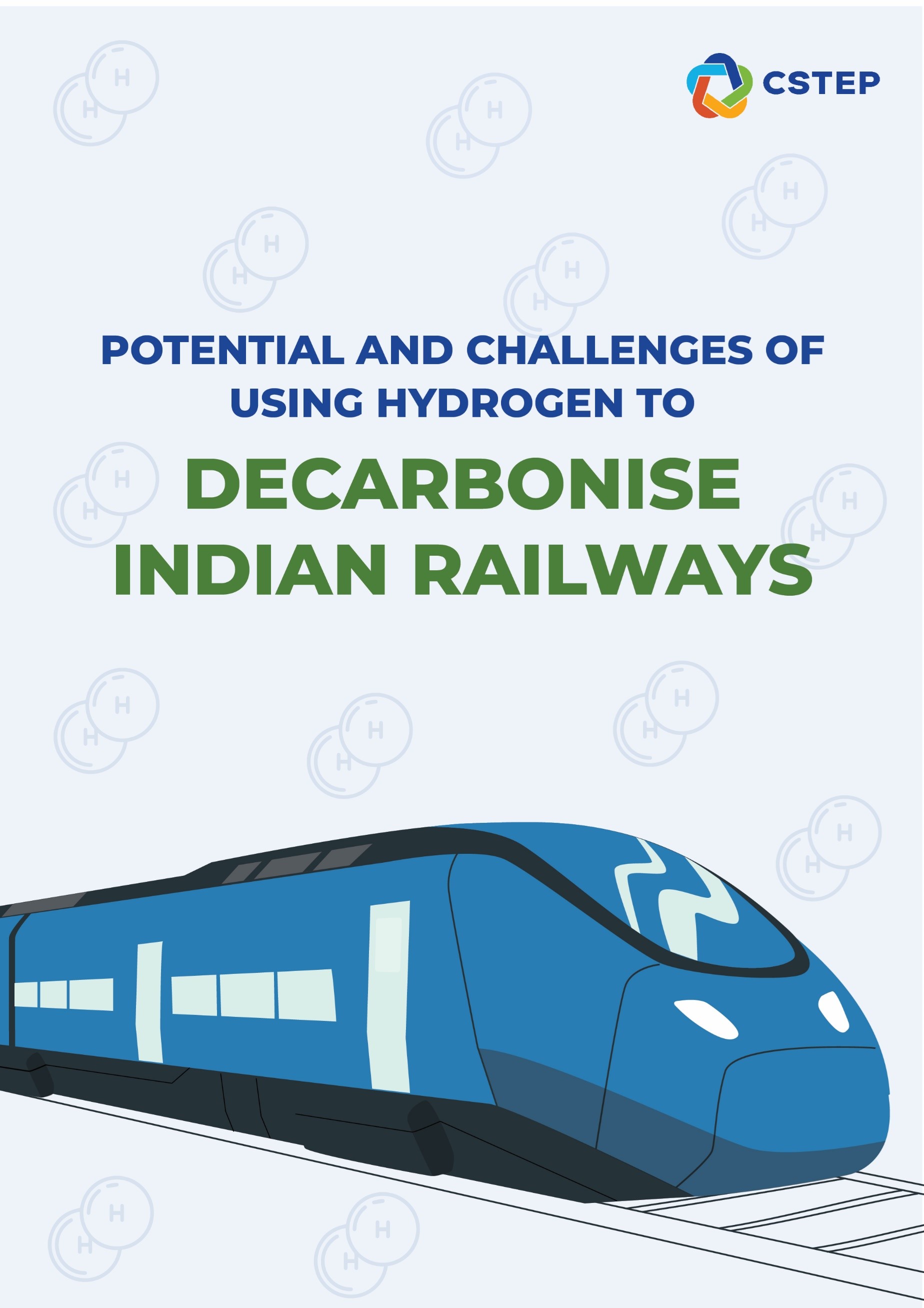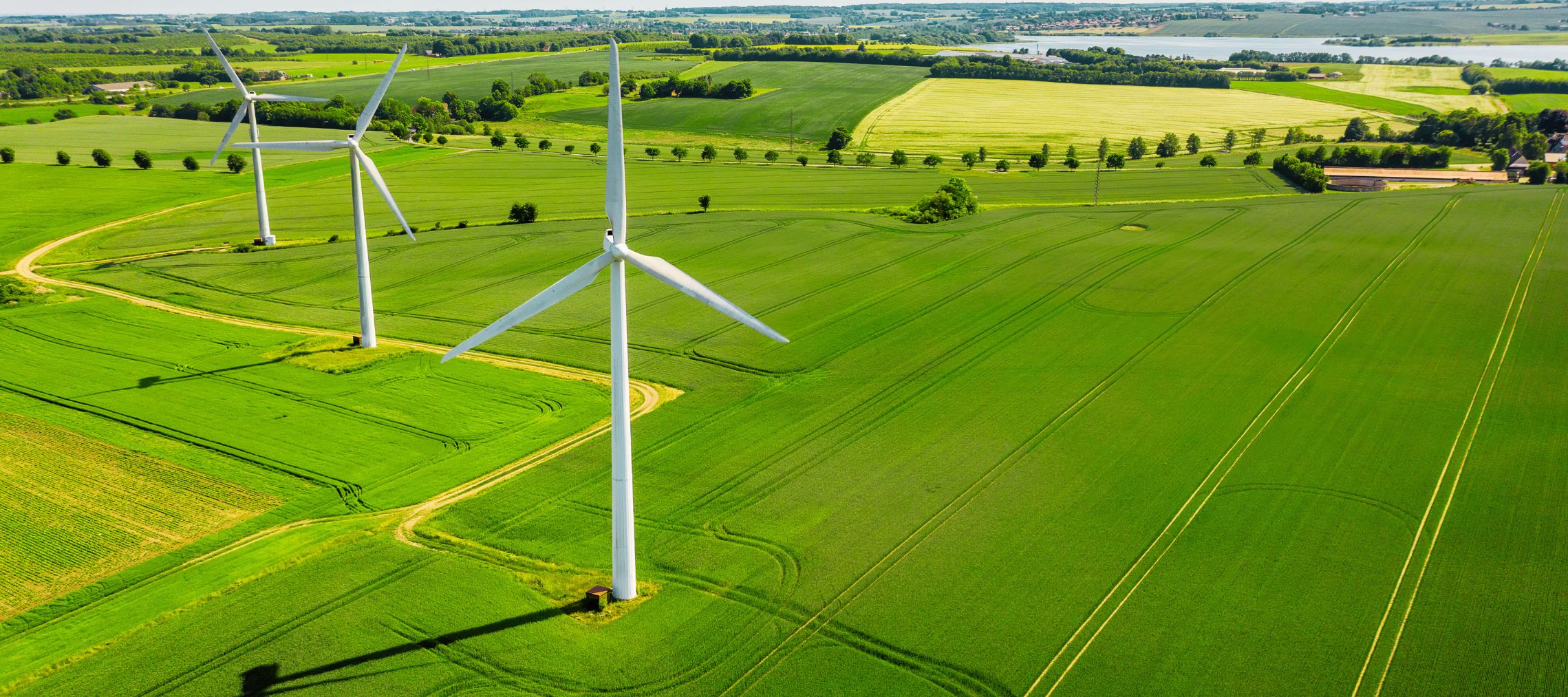The Indian Railways is one of the largest railway networks in the world, transporting millions of passengers and tonnes of freight daily. It has had a historically high demand for fossil fuels to meet the operational energy requirements, resulting in high operational costs and a high emission footprint. The government aims to tackle these challenges through 100% electrification of the railway network by 2024 and by becoming a net-zero emitter by 2030. Although the rate of electrification has been significant (over 93% of broad-gauge routes are electrified at present), concerns remain on the economic feasibility of electrifying certain sections of railways. In this context, there is a potential for transitioning to other clean energy alternatives, such as green hydrogen. The Center for Study of Science, Technology and Policy (CSTEP) conducted a study to examine the potential for using green hydrogen on existing railway routes. The technical feasibility and financial viability of hydrogen-based trains were assessed based on two use cases:
- Kalka–Shimla route, a hilly terrain, and
- Industrial shunting yard route, used by public sector undertakings/private industries
The potential hydrogen-powered trains were compared against existing diesel-powered trains, electrified lines, and battery-powered trains. The findings of the two use cases showed a favourable outcome for hydrogen trains.

Dhiraj Kumar and Dhruv Rajeev co-authored the report.
